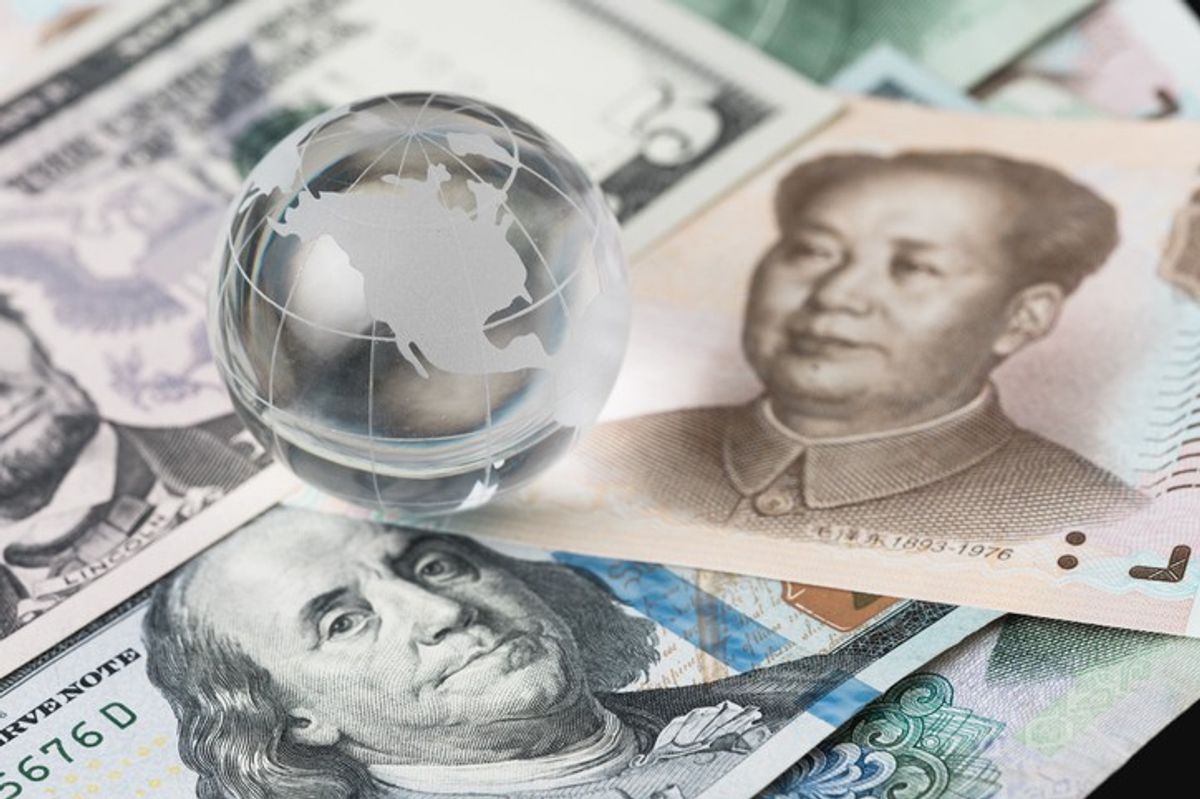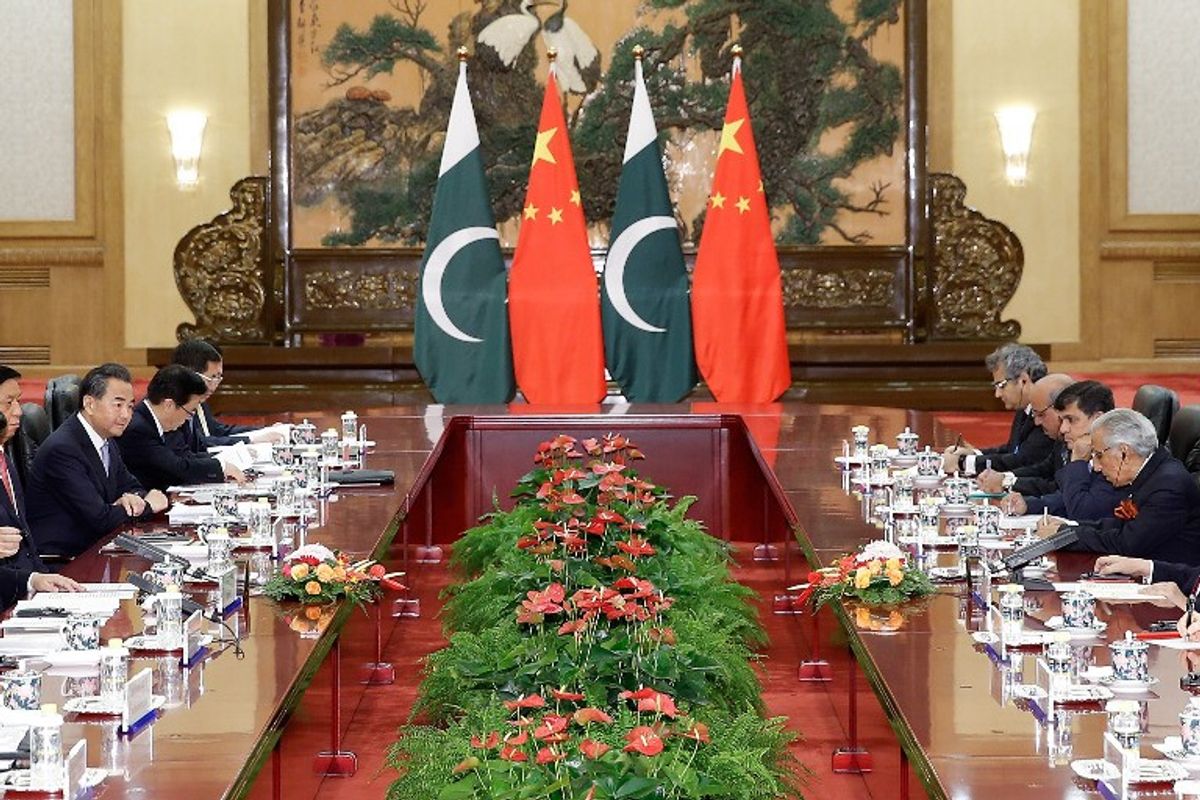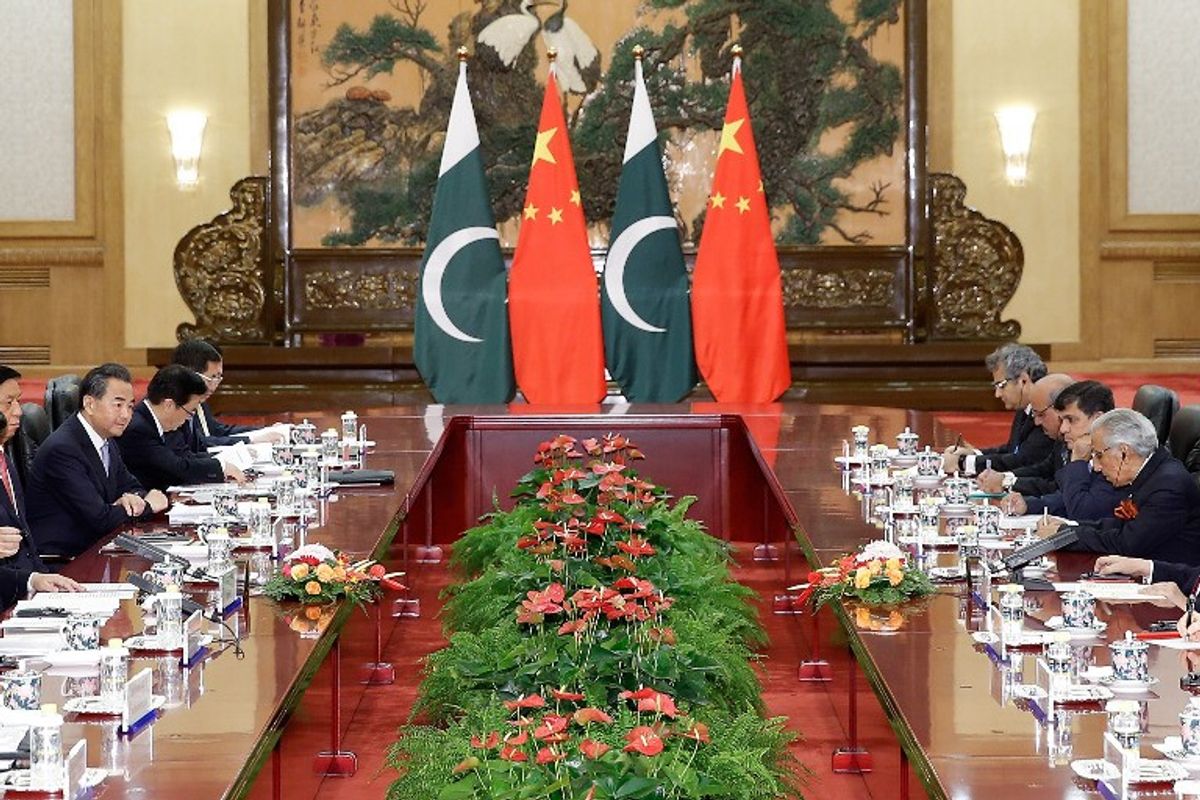Trade growth has been running flat against GDP growth since 2012. According to the World Trade Organization (WTO), global trade volumes grew just 1.3 percent in 2016. This year, the WTO forecasts that this number will recover to 2.4 percent in 2017 — roughly equivalent to GDP growth.
For many economists, these numbers mean stagnation, and they stand in stark contrast to earlier decades, when trade expanded on average at about 1.5 times the rate of GDP growth. In the 1990s, trade growth even jumped to double the rate of GDP growth. But now, with trade growth lingering at a 1:1 ratio against GDP growth, some economists are wondering whether the world has hit “peak trade,” or an upper limit to the trends of trade liberalization and globalization that have fueled fantastic economic growth since the end of the Second World War.
Could we be seeing an end to the financial bounties of globalization? Is the current situation simply a temporary dip? Or, perhaps, is it a sign that economists are not accounting for the unprecedented boom in the digital trade of information?
The fact that growth in trade volumes has exceeded GDP growth in the past does not mean that this is the natural state of being, says Caroline Freund, a senior fellow at the Peterson Institute for International Economics. “There are no economic laws saying how this should work.” Instead, it was probably the trade boom of the 1990s and early 2000s that was unique.
This boom was fueled by a heady combination of accelerating factors, including China’s entry into the global economy, rapid trade liberalization, and the development of complex new global supply chains. Today, many of these drivers have run their course. China’s growth has slowed – reducing its demand for global imports – and there is relatively little room left in the world for further liberalization, at least not on the scale needed to create new trade boom.
The construction of global supply chains during the boom period may have led to some inflation of trade growth numbers, since components would often be counted multiple times as they were transported across international borders as part of a global production lines. Meanwhile, although the global economy has recovered since the financial crisis in 2008 and 2009, growth and investment – especially in advanced economies – remain sluggish. According to the International Monetary Fund’s (IMF) World Economic Outlook, the slowdown in GDP growth could explain about three-quarters of the drag on trade growth.
However, another problem with analyzing the current doldrums is that current statistics just aren’t capturing the growth in digital trade flows. “We can’t measure it yet but we do know there is a boom in digital trade growth,” says Susan Ariel Aaronson, a research professor focusing on digital trade at George Washington University. Most of this is trade in information facilitated by the internet, which makes these flows nearly instantaneous. And digital trade can also mean trade in more traditional goods – think e-commerce – and services. In a study published last year, the McKinsey Global Institute determined that almost 12 percent of all global trade in goods is conducted through e-commerce. It also estimated that digital data and information flows have a greater impact on global GDP than conventional trade in goods.
Unfortunately, real numbers on digital trade are difficult to find. E-commerce involves a financial transaction in exchange for goods or services so it is easier to measure, but many digital transactions are free. Partly for this reason, digital trade is also difficult to classify. Almost all trade in goods and services now has some sort of digital component, while much is entirely digital. But, says Aaronson, “some people think that that it should be measured as neither a good nor a service, that it is something else entirely.”
Despite these difficulties, trade policymakers have begun to acknowledge the importance of digital trade and to work the issue into new trade agreements. The Trans-Pacific Partnership (TPP) free trade agreement probably went the furthest in both promoting the free flow of traded information across borders and restricting digital protectionism, including internet censorship and data localization laws. Similarly, many hope that the upcoming renegotiation of the North American Free Trade Agreement (NAFTA) will include new language on digital trade.
But after President Donald Trump decided to pull out of the TPP this January, the future of that 12-nation agreement is now up in the air. Meanwhile, in NAFTA negotiations, the Trump administration appears largely fixated on protecting U.S. exports of manufactured goods, not digital trade. Aaronson says that the Trump administration’s tilt towards protectionism on trade in goods follows a subtler trend towards digital protectionism in U.S. policy that began in late 2015, during the Obama administration.
At the end of the day, it seems unlikely that the current stagnation in global trade growth represents some natural limit to the economic benefits of globalization. However, the faltering growth curve should present a blinking warning sign to U.S. policymakers.
The first worry is that trade stagnation is a symptom of anemic global growth. In a low-growth environment, says Freund “everybody will want as much of this weak growth as they can get, and they will try to keep their demand for themselves.” This behavior could spark a vicious cycle of protectionist policy responses, which in turn curtail growth and productivity.
The second is that economists and policymakers are simply unable to quantify and regulate significant new trade in digital flows. This new trade is booming on a scale that is perhaps unprecedented, but it does not fit well into the framework of existing trade agreements. The United States, home to the world’s largest and most innovative internet firms, is primed to lead the effort to build a new system – a new WTO – for digital trade. But if it does not, America may find itself left behind in the next great trade boom.
—
View our expert commentary on this topic:
U.S. Internet Firms Could Slowly Lose Edge to Asian Rivals, by Susan Ariel Aaronson, Research Professor and Cross-Disciplinary Fellow at George Washington University
Trump Administration Risks Falling into Protectionist Trap, by Caroline Freund, Senior Fellow, Peterson Institute for International Economics
Fritz Lodge is a Middle East and international economics analyst at The Cipher Brief. Follow him on Twitter @FritzLodge.












